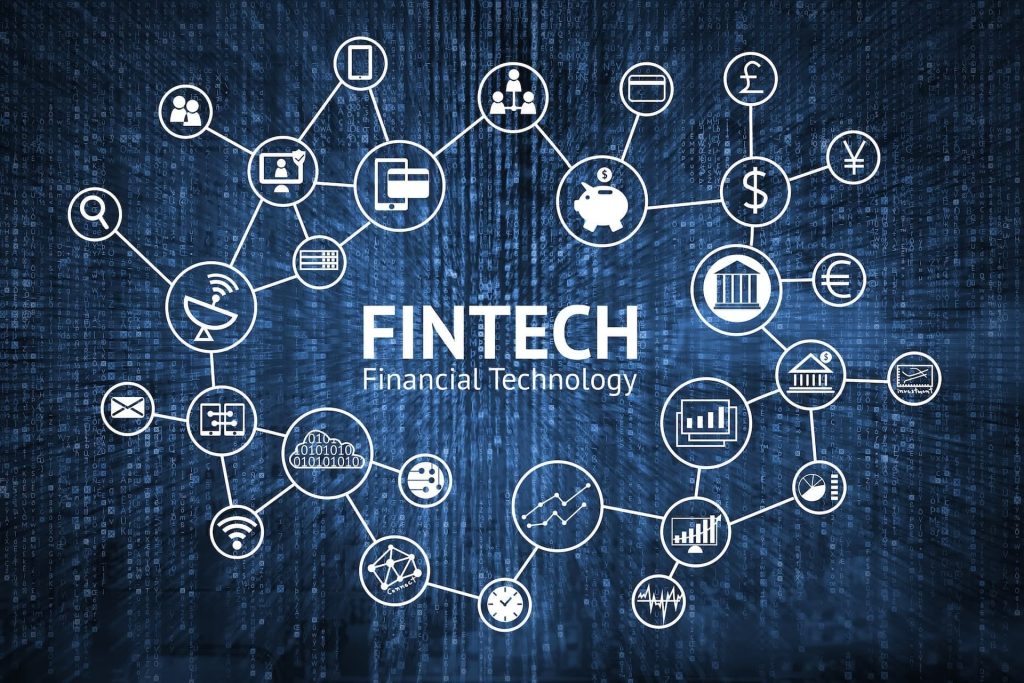Introduction
- Overview of Digital Currencies
- Definition of digital currencies: digital assets or money that exist only in digital form, including cryptocurrencies (e.g., Bitcoin, Ethereum) and Central Bank Digital Currencies (CBDCs).
- The rise of digital currencies in the past decade, particularly cryptocurrencies, has garnered widespread attention from financial markets, governments, and regulators.
- The Global Shift Toward Digital Financial Systems
- Increasing technological advances, the growth of the digital economy, and the move toward cashless societies are all factors influencing the potential transition toward digital currencies.
- This article explores the inevitability of a global shift to digital currencies, analyzing the economic, political, and technological implications for countries, businesses, and individuals.
Section 1: Understanding Digital Currencies and Their Types
1.1 Cryptocurrencies
- What Are Cryptocurrencies?
- A deeper look into cryptocurrencies: decentralized, peer-to-peer digital currencies powered by blockchain technology. Examples include Bitcoin, Ethereum, and thousands of other altcoins.
- Cryptocurrency Market and Volatility
- Volatility and speculative nature of cryptocurrencies. How do fluctuations impact their potential to be used as stable forms of currency?
- Advantages and Disadvantages
- Benefits: Decentralized control, low transaction fees, and faster cross-border payments.
- Drawbacks: Security concerns, high volatility, regulatory challenges, and the potential for illicit activities.
1.2 Central Bank Digital Currencies (CBDCs)
- What Are CBDCs?
- CBDCs are digital forms of currency issued and regulated by central banks. Unlike cryptocurrencies, CBDCs are centralized and backed by governments.
- The Rise of CBDCs
- Many countries are exploring or already implementing CBDCs (e.g., China’s Digital Yuan, Sweden’s e-Krona). Governments’ push toward digital currencies for financial inclusion, efficiency, and better control over monetary policy.
- Potential Benefits of CBDCs
- Financial inclusion for unbanked populations, faster and cheaper payments, improving the effectiveness of monetary policy, and strengthening the fight against money laundering and fraud.
1.3 Stablecoins
- Introduction to Stablecoins
- Stablecoins are cryptocurrencies pegged to a stable asset (such as the US dollar). Examples include Tether (USDT), USD Coin (USDC), and others.
- Use Cases for Stablecoins
- How stablecoins provide more stability compared to traditional cryptocurrencies, particularly in areas such as international remittances, decentralized finance (DeFi), and cross-border transactions.
Section 2: The Case for Digital Currencies in the Global Economy
2.1 Digital Transformation of the Financial Sector
- The Evolution of Payment Systems
- The shift from cash to electronic payments, online banking, mobile wallets, and contactless payments as part of broader financial sector digitization.
- Faster and Cheaper Payments
- Digital currencies, particularly CBDCs and cryptocurrencies, offer faster and cheaper cross-border payments, especially when compared to traditional banking methods and international money transfer systems.
- Financial Inclusion and Access
- Digital currencies have the potential to bring financial services to populations without access to traditional banking systems, particularly in developing economies where bank infrastructure is limited.
2.2 Economic Efficiency and Monetary Policy
- Monetary Control through CBDCs
- Central banks’ ability to implement precise monetary policies with CBDCs (e.g., adjusting interest rates, stimulating economic activity during downturns).
- Eliminating the Risks of Inflation
- Digital currencies, especially those under government control like CBDCs, can be programmed to avoid inflation or counteract inflationary pressure through smart contract mechanisms.
- The Role of Centralized Digital Currencies in Economic Stability
- How CBDCs could provide a secure and stable foundation for the economy, reducing the reliance on volatile assets like cryptocurrencies.
2.3 A Borderless Global Economy
- The Push Toward a Global Digital Economy
- Digital currencies break down barriers, potentially eliminating the need for currency exchange when transacting across borders. They can simplify global trade and reduce reliance on intermediary financial institutions.
- Global Trade and Digital Currencies
- Countries with well-established digital currency systems could see more streamlined international trade transactions, leading to reduced costs and faster settlements for global businesses.
- How Blockchain Technology Facilitates Cross-Border Transactions
- Blockchain, the technology behind cryptocurrencies, offers a decentralized, transparent, and immutable ledger for recording transactions, facilitating safer and faster global trade.

Section 3: Challenges and Concerns with Digital Currencies
3.1 Regulatory Challenges
- Regulation of Cryptocurrencies
- The decentralized nature of cryptocurrencies makes them challenging to regulate. How governments worldwide are attempting to regulate or ban certain cryptocurrencies to prevent misuse, such as money laundering, tax evasion, and illegal activities.
- Global Regulatory Divergence
- Different countries have different approaches to regulating digital currencies, leading to fragmentation in the market. For example, China has banned cryptocurrencies, while the EU and the US are exploring regulatory frameworks for both cryptocurrencies and CBDCs.
- Privacy and Data Security Concerns
- CBDCs, as government-backed digital currencies, raise concerns about surveillance, privacy, and data security. The risk of government overreach in monitoring citizens’ transactions could hinder adoption.
3.2 Volatility and Speculative Nature of Cryptocurrencies
- Instability of Cryptocurrencies
- The high volatility in the prices of digital currencies like Bitcoin and Ethereum makes them impractical as stable forms of money for everyday transactions. Investors may continue to view them as speculative assets rather than reliable currencies.
- Risk to Global Financial Stability
- The widespread adoption of highly volatile cryptocurrencies could threaten global financial stability, especially if they become deeply integrated into the global financial system without appropriate safeguards.
3.3 Technological and Infrastructure Challenges
- Scalability and Transaction Speeds
- The current blockchain infrastructure may not support large-scale adoption of cryptocurrencies due to issues such as transaction delays and high transaction costs (e.g., Bitcoin’s scalability challenges).
- Technological Barriers in Developing Economies
- Not all regions have the technological infrastructure or internet access needed for widespread adoption of digital currencies, especially in low-income and developing countries.
3.4 Social and Political Concerns
- Loss of Sovereignty
- Digital currencies, especially cryptocurrencies, could challenge the sovereignty of nations over their monetary systems. Central banks could lose some control over the money supply if private cryptocurrencies are widely adopted.
- Social Impact
- The shift to digital currencies might exacerbate inequality, as people without access to technology or the necessary digital literacy may be left behind in the transition to a digital economy.
Section 4: The Future of Digital Currencies in the Global Economy
4.1 The Role of Central Bank Digital Currencies (CBDCs)
- The Increasing Interest in CBDCs
- With many central banks (e.g., the European Central Bank, Bank of England, People’s Bank of China) developing CBDCs, the future of digital currencies is likely to be defined by government-backed digital currencies. These could form the backbone of a digital economy, offering stability and security.
- Potential Impact of CBDCs on the Global Monetary System
- CBDCs could bring about significant changes in how international monetary systems operate. They could increase efficiency and transparency in global financial markets, improve the implementation of monetary policy, and streamline cross-border trade.
4.2 The Future of Cryptocurrencies
- From Volatility to Stability
- Cryptocurrencies may evolve into more stable assets as they mature and regulatory frameworks stabilize. Stablecoins, which peg their value to traditional currencies, offer a glimpse into how cryptocurrency markets might operate in the future.
- Potential for Mass Adoption
- The integration of cryptocurrencies into everyday life—through apps, online transactions, and decentralized finance (DeFi)—could lead to a more widespread use of digital assets as legitimate forms of currency.
4.3 Global Cooperation and Digital Currency Adoption
- Intergovernmental Collaboration
- For digital currencies to succeed globally, there will need to be international cooperation on regulatory standards, cross-border payments, and financial security. Global organizations like the IMF and World Bank could play a key role in facilitating this collaboration.
- A New Global Financial System
- Digital currencies, especially CBDCs, may create the foundation for a more efficient, transparent, and accessible global financial system, transforming how governments, businesses, and individuals engage in trade, investment, and payments.
Conclusion
- The Inevitable Shift to Digital Currencies?
- The rise of digital currencies, particularly CBDCs, is inevitable as part of the ongoing digital transformation of the global economy. While challenges remain, particularly in terms of regulation, security, and technological infrastructure, the shift toward digital currencies will likely play a crucial role in the future of global finance.
- A Global Digital Economy
- The world’s largest economies are already making strides toward adopting digital currencies, and the benefits of digital payments, financial inclusion, and cross-border trade will push further adoption.
- Balancing Innovation and Risk
- Governments, businesses, and regulators must work together to manage the risks and ensure that digital currencies provide benefits without destabilizing the global economy. The future of finance is digital, and the global economy must adapt to this transformation.



































